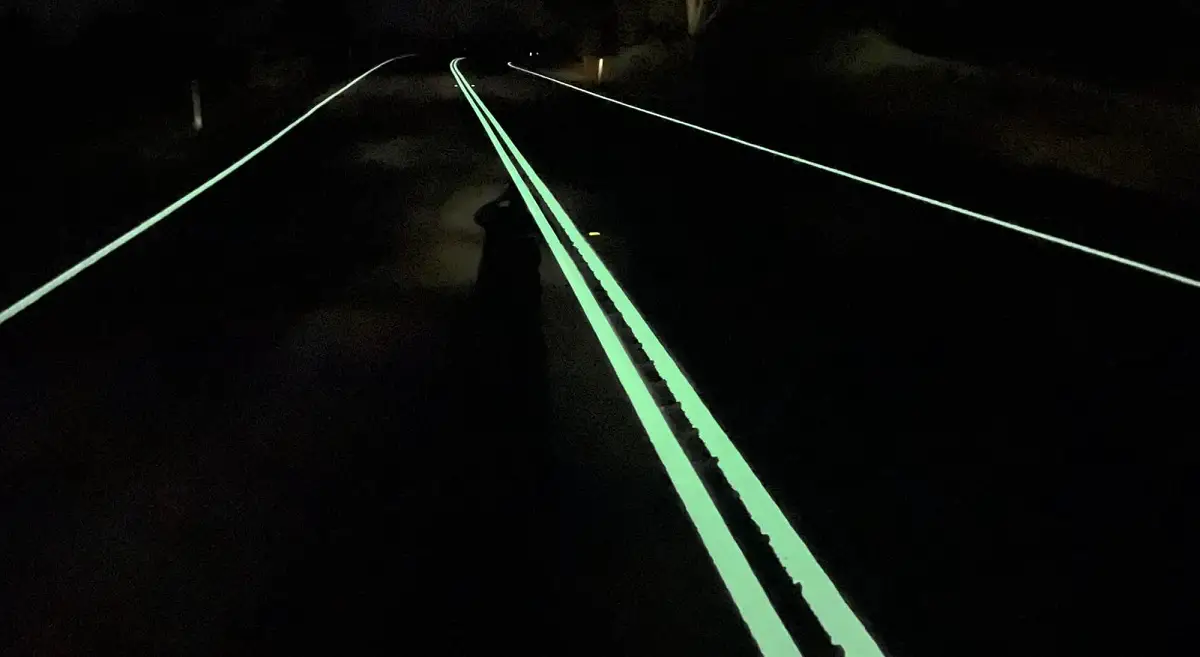Steve X
Senior Member
413 would be east/west. Just like 407 right at the 413's western terminal. Both the 403 and 407 are signed east/west while going north/south at that Peel/Halton boarder area. In fact while being signed east, it's true direction is NNW.The QEW is really the only 400 series that doesn't predominantly travel in one cardinal direction (Edit: there's the 115 on a diagonal but it still travels in one straight line). If the 413 is built, it will be interesting to see which direction it is signed. Maybe it will be done like Calgary's 201, where each section has its own directions. Or possibly it will be signed as 400 VIA 413 and 401 VIA 413, with no cardinal directions. My guess is the control cities (based on what the 407E's are) would probably be Barrie (although that would be far off) and Mississauga/Brampton? After all Peterborough is signed on the 412N, and Toronto on 407E.
The Bradford Bypass would almost definitely be signed one way as Barrie and the other way as Toronto/Newmarket.
Perhaps the government should subsidies trucks on the 407 between the 403 and 401 to create a toll-free corridor from the QEW via the 403 and 401 to connect to the 413.





